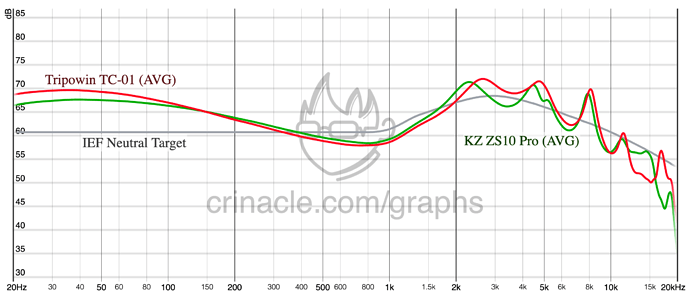Bullet to the heart: can NiceHCK X49 get the job done with one BA?
I had somehow come to believe that single-driver bullet-style IEMs are inherently inferior to multi-driver IEMs with their bigger housings, mix of driver types, crossover circuits etc. Then I found the tiny bullet-style Hifiman RE600s V2, which despite my growing earphone collection remains a favorite. Hmm. My first tentative step into the audiophile world a few years ago was the SoundMAGIC E10C, a bullet-style IEM with a single dynamic driver. I set it aside when I started exploring more sophisticated options, but it did serve me well for a while.
I had also convinced myself that a single balanced-armature driver is bound to struggle covering the necessary frequency range - isn’t that why you see so many multi-driver IEMs out there? I recently treated myself to the Dunu SA3 (super nice folks at Dunu, BTW) and I was shocked at how much I liked it. I thought I was a dynamic-driver person. But was it multiple BA drivers that made the SA3 so sweet?
I saw some reviews of the NiceHCK X49, a low-priced single balanced-armature bullet-style IEM - so I got the idea of picking one up to do a bake-off. I wanted to see if I could detect how driver type affects the sound of otherwise similar earphones. The X49 and the E10C are both in the $20-30 range - one with a single BA driver, the other with a single dynamic driver. I purchased these earphones myself through the usual retail channels, got no discount and had no communication with the manufacturers or vendors.
The two earphones are externally similar, typical bullet style: medium-sized metal cylinders, with a thin, black non-removable cable that was just “Ok”. X49 is smaller-diameter and chrome, E10C bulkier and more gun-metal. Rubbery cable on X49, plasticky on E10C. Both had moderate cable noise if I moved around too much. In-ear comfort was about the same for me - X49 slightly easier to insert, but neither got bothersome over time. I left the stock M silicone tips on both earphones.
For this test I used the Qobuz app on a Macbook Air, sending the 1’s and 0’s out via USB to a Schiit Fulla 3 DAC/amp. I had to do a little informal volume-matching, since the E10C seemed to need the knob turned up a bit more. Ok - off we go! Over a few evenings, I did some back-to-back listening, using songs that I thought would test the earphones’ abilities or expose their weaknesses. I’m still not really capable of producing the kind of detailed review you see elsewhere here, so I’ll lump my observations into what I see as two basic categories.
One big dimension of performance is how well an earphone covers the frequency spectrum. For me and the way my ears currently function, I don’t care that much about the ultra low or ultra high ends of the audio spectrum. But I do want an earphone to present the bass, midrange and treble in a natural way, so nothing seems either missing or over-emphasized. For bass, I used familiar rock songs from the past - Boston’s Peace of Mind and Steve Miller’s The Joker, and I threw in Propellerheads’ Take California for grins. I wouldn’t say either of these earphones produced a big visceral thump, but E10C was clearly the loser here. Its bass notes were present, but failed to dominate the mix the way they’re supposed to in these songs. While X49 wasn’t really stronger, it was better in the way low notes were clearly present. An interesting start, considering SoundMAGIC pitches the E10C as having “powerful bass”.
For mids & treble testing, I listened to a few songs that let me focus on vocals - Kate & Anna McGarrigle’s Swimming Song, Jake Owen’s Beachin’ and Van Morrison’s Into the Mystic. (Yes - I watched Away.) Female voices and harmonies were well represented by both, but backing vocals in the McGarrigle song stood out nicely with X49. Male vocals were also pretty much a tie - the tone of these singers’ voices sounding pleasing with the E10C. So perhaps the E10C picked up a point here. But the other elements of these songs were muddier with E10C than they were with X49. Next I listened to Miles Davis’ Bitches Brew for some horns, and Van Halen’s You Really Got Me for a piercing guitar solo. The E10C did fine on the jazz - that song has a pretty spare mix of instruments, and it sounded like it should. Van Halen wasn’t actually all that piercing on X49. I don’t like my ears to get zapped by high notes, but neither should Van Halen sound tame! A mixed result here, with clarity again being a differentiator for me.
Which brings me to that other dimension of performance: positioning of the music, presence of micro-details, and detectability of soft and loud elements that overlay each other. I listened to 2Pac’s California Love - not actually focusing on its bass line, but on the other instruments that can easily get lost in the mix. I also tried Led Zeppelin’s When the Levee Breaks for a complex mix of instruments. Well, both of these just tripped the E10C up - all the instruments seemed piled up on top of each other. I found the X49 stage to be wider - particularly noticeable in the Van Morrison song. Truth be told, the sound of the E10C seemed like it was not just inside my head but actually confined to the drivers themselves! And I’ve already said above that X49 was much better at bringing out small details in the music - something I myself really enjoy hearing when I listen to music.
So, the X49 impressed me more than I thought it would. When I first popped it in after spending a bunch of time with the Dunu SA3, it did seem kind of … thin. Of course X49 is not at all in the SA3’s league. But in its own league, I think it’s a winner. It clearly beat out the E10C for me, and I learned that a single BA IEM can have pretty decent overall response. You could say the X49 has weak bass and treble, but what it does have you can actually hear clearly. For me, anyway, that’s a good tradeoff. I’d say X49 passes the test. I pull it out of the proverbial drawer and listen to music with it pretty often - and it proves a single BA can get the job done.
 .
.

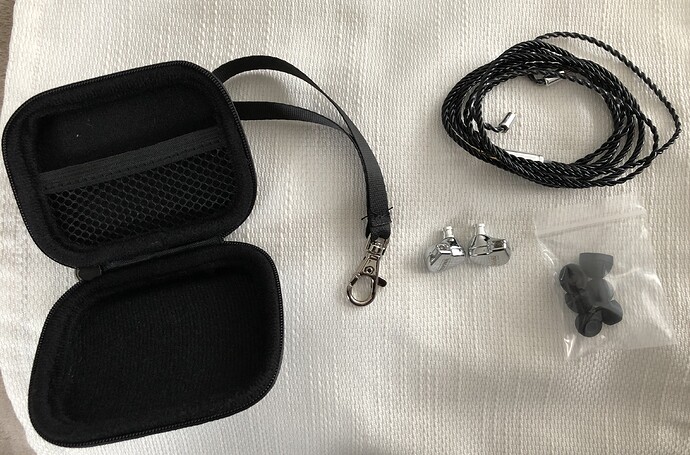








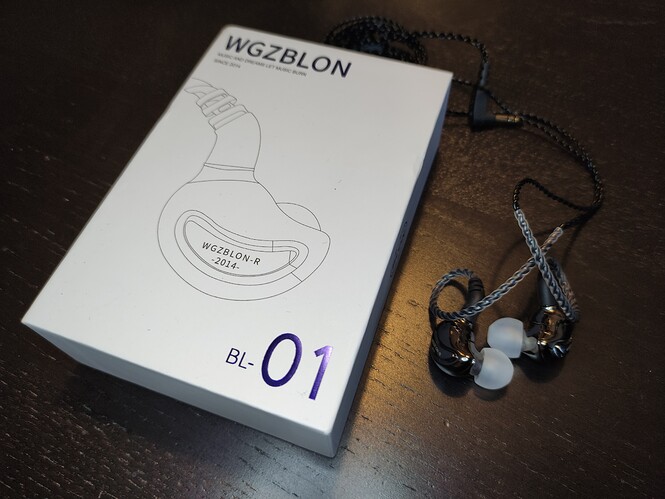
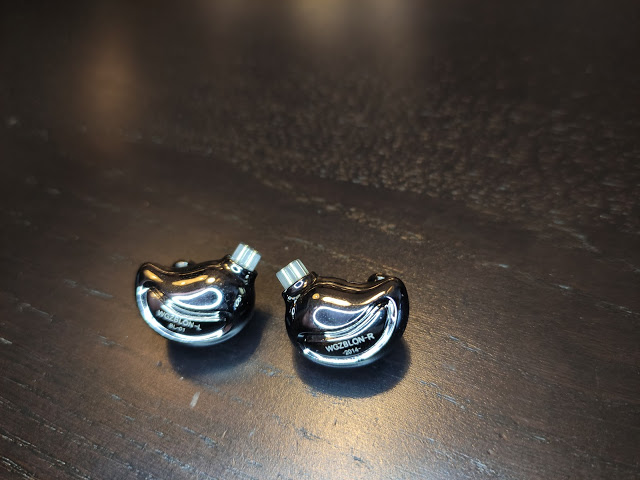





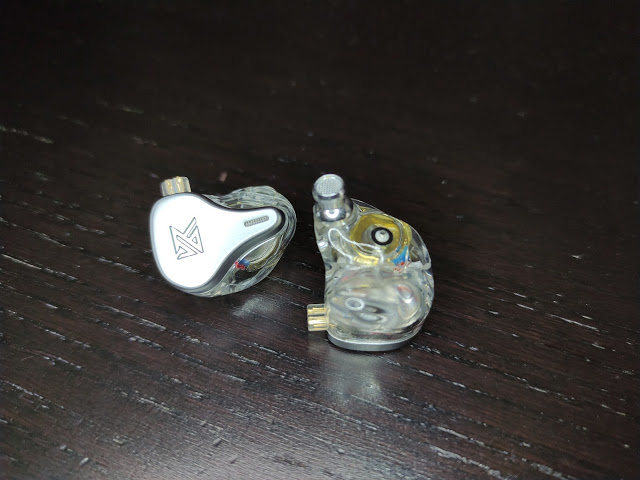



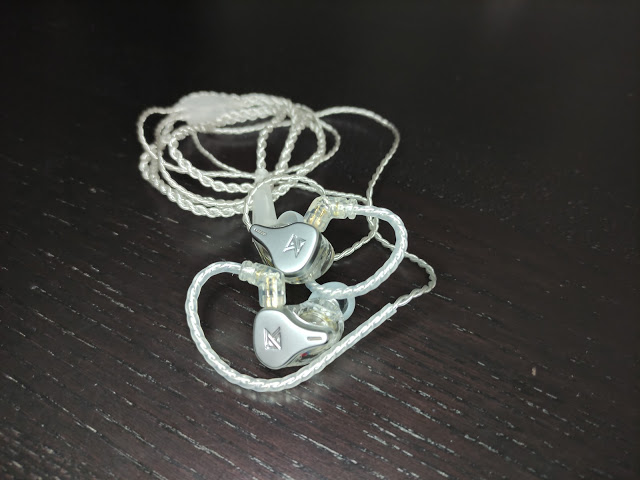


 Stay safe
Stay safe 


